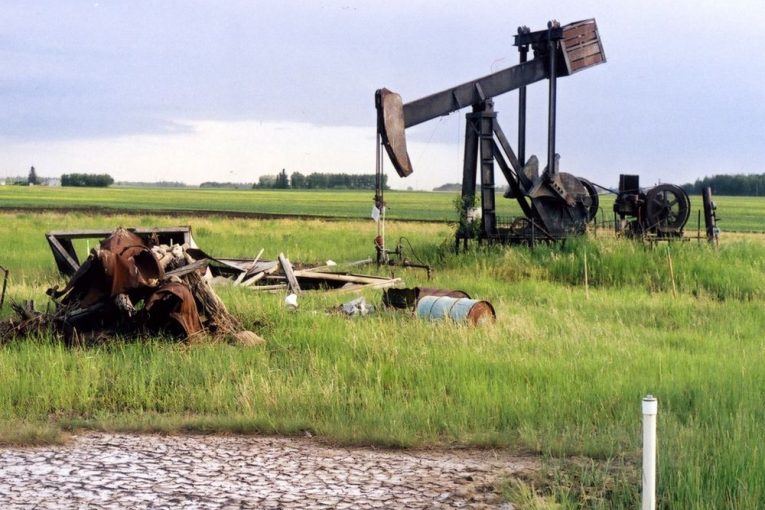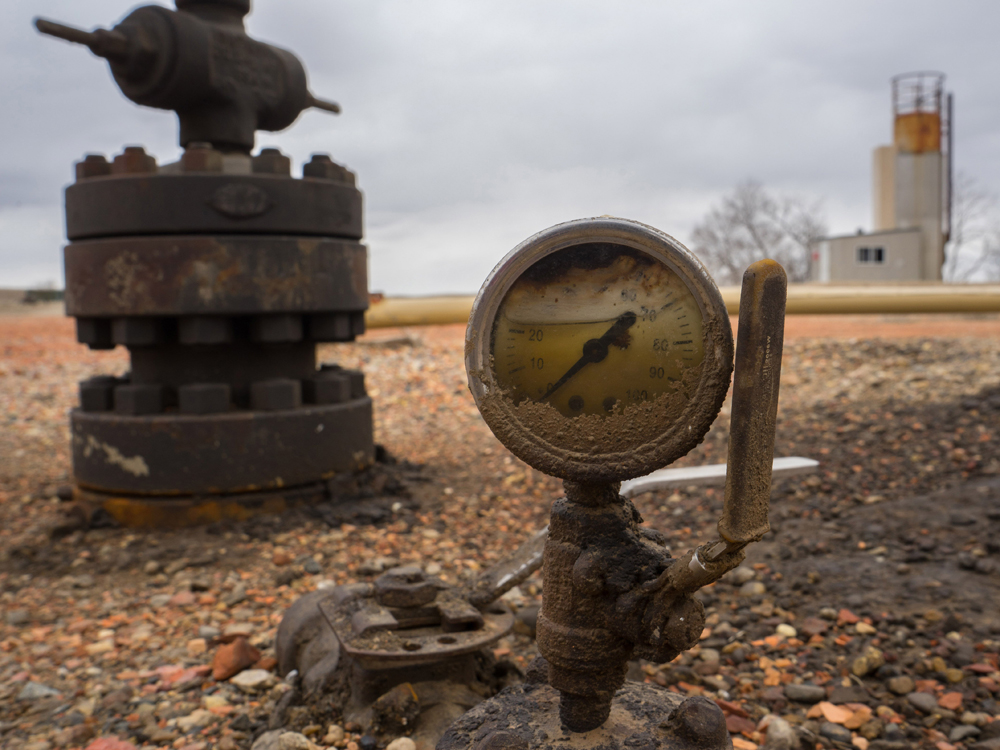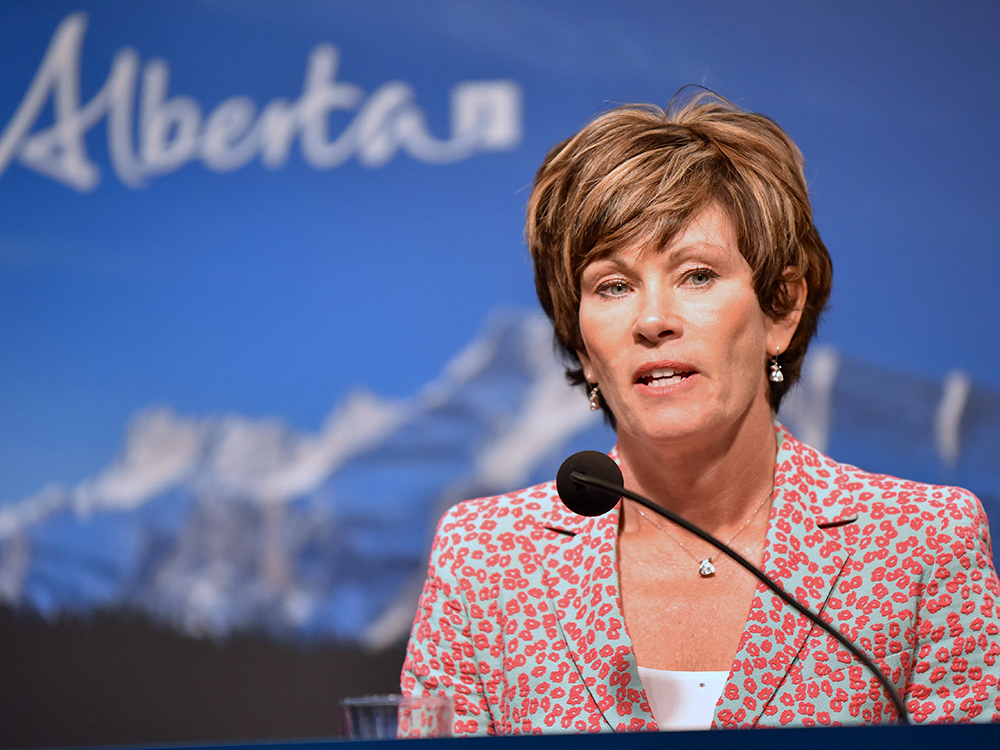
As western provinces begin awarding contracts as part of a $1.7-billion federal assistance program to clean up inactive oil and gas wells, a new report shows just how big of a dent it can make in a $9-billion issue.
A study by AltaCorp Capital says the federal money, with programs administered by provincial governments in Alberta, B.C. and Saskatchewan, could double the entire market for well abandonment and reclamation work in Western Canada within three years.
It would create jobs and activity for a range of energy companies, from service rig operators, engineers and consultants, to trucking and disposal firms.
Depending on how much money petroleum producers spend in the coming years, the market size for this segment of the energy sector could jump from $615 million last year to as much as $1.2 billion by 2022.
“One of the main take-aways is that it’s really going to benefit smaller (service) companies the most, in terms of exposure” to additional work, AltaCorp analyst Tim Monachello said Monday.
“It probably does achieve what the government is looking for. It will put people back to work. But it will be more impactful for smaller and private companies.”
In April, Ottawa announced it would provide funding to clean up inactive wells across Western Canada,
including $1 billion in Alberta
.
Another $200 million of federal aid is going out in the form of a loan to the Alberta Orphan Well Association (OWA), which completes abandonment and site reclamation work on wells when there’s no owner left to pick up the tab.
The report indicates cleanup activity should bolster oilpatch employment, one of the main objectives for the federal and provincial governments, along with the benefits of tackling a growing environmental problem.
Including spending by both industry and government, total well abandonment and reclamation efforts are projected to employ 15,000 to 21,000 people at its peak by next year or in 2022.
Of that amount, an incremental 7,600 to 12,000 positions will come from the new government stimulus programs.
With low commodity prices, some producers will likely be cash-strapped and may not proceed with previous cleanup plans this year unless they can access the grants.
Alberta’s first two rounds of the program do not require any industry contribution, although the province’s energy minister said future rounds could see producers pay for up to 50 per cent of the costs.
“The actual impact of the federal spending could be offset by (producers’) behaviour as they try to conserve capital,” said Monachello, noting government assistance could offset a decline in cleanup spending due to the collapse in oil prices this spring.
“It is going to help support some jobs . . . It’s definitely an incremental positive. But the level that it is incremental is the question mark.”
Monachello estimates the federal package could lead to abandonment work and site reclamation on up to an additional 34,000 wells, depending on how much incremental money is spent by producers.
The program comes as the service sector is facing a sharp decline in drilling activity and associated work as oilpatch capital budgets have been chopped this spring.

According to AltaCorp, there are at least 158,000 inactive or orphan wells in the Western Canadian Sedimentary Basin and the cost to abandon and reclaim them could reach $9.2 billion, although Monachello cautions that figure is conservative — and other estimates have been higher.
In Alberta, the early phases of the province’s new site rehabilitation program have garnered strong interest.
The province is now awarding contracts in the first round of the program, a $100-million tranche that will see the government fund all of the work on contracts of up to $30,000 per application. A second phase of the program closes for applications later this week.
Alberta Energy said it received more than 36,000 applications in the opening round. So far, the province has allocated $38 million, representing 1,760 approved applications from more than 90 companies.
Energy Minister Sonya Savage said some service companies are now moving into the staging phase to prepare for cleanup work.
“Some money has gone out the door,” she said Monday. “Nothing would be stopping them from being in the field this week.”

Oilfield service firms hope all the contracts roll out quickly so they can retain or hire new staff. A study by the Petroleum Services Association of Canada found between 41 and 57 people are employed in the closure of a single well.
“We are all sitting on pins and needles, waiting for them to approve things so that activity can return to the field,” said Duncan Au, chief executive of CWC Energy Services Corp.
“We’ve done some internal (number) crunching ourselves and believe this program will at least keep our employees intact and get us through to the other side (of) a healthier industry.”
Pembina Institute senior analyst Nikki Way supports the program’s objectives to create jobs and address environmental issues that companies are expected to pay for. But she believes more information needs to be made available on how the public money is being spent and how the contracts are being chosen.
“The first few phases are lacking seriously in terms of transparency,” she said.
Way would also like to see more emphasis on producers contributing to the cleanup of their inactive wells, which would stretch the government dollars and create more jobs.
“We know the $1 billion (federal funds) will go a lot further than $1 billion because of matching contributions by some of the licensees,” replied Savage.
“It’s just too early to anticipate the full extent of the site rehabilitation program, other than to know that it’s going to create a lot of jobs and clean up a lot of the liabilities.”
Chris Varcoe is a Calgary Herald columnist.
You can read more of the news on source
